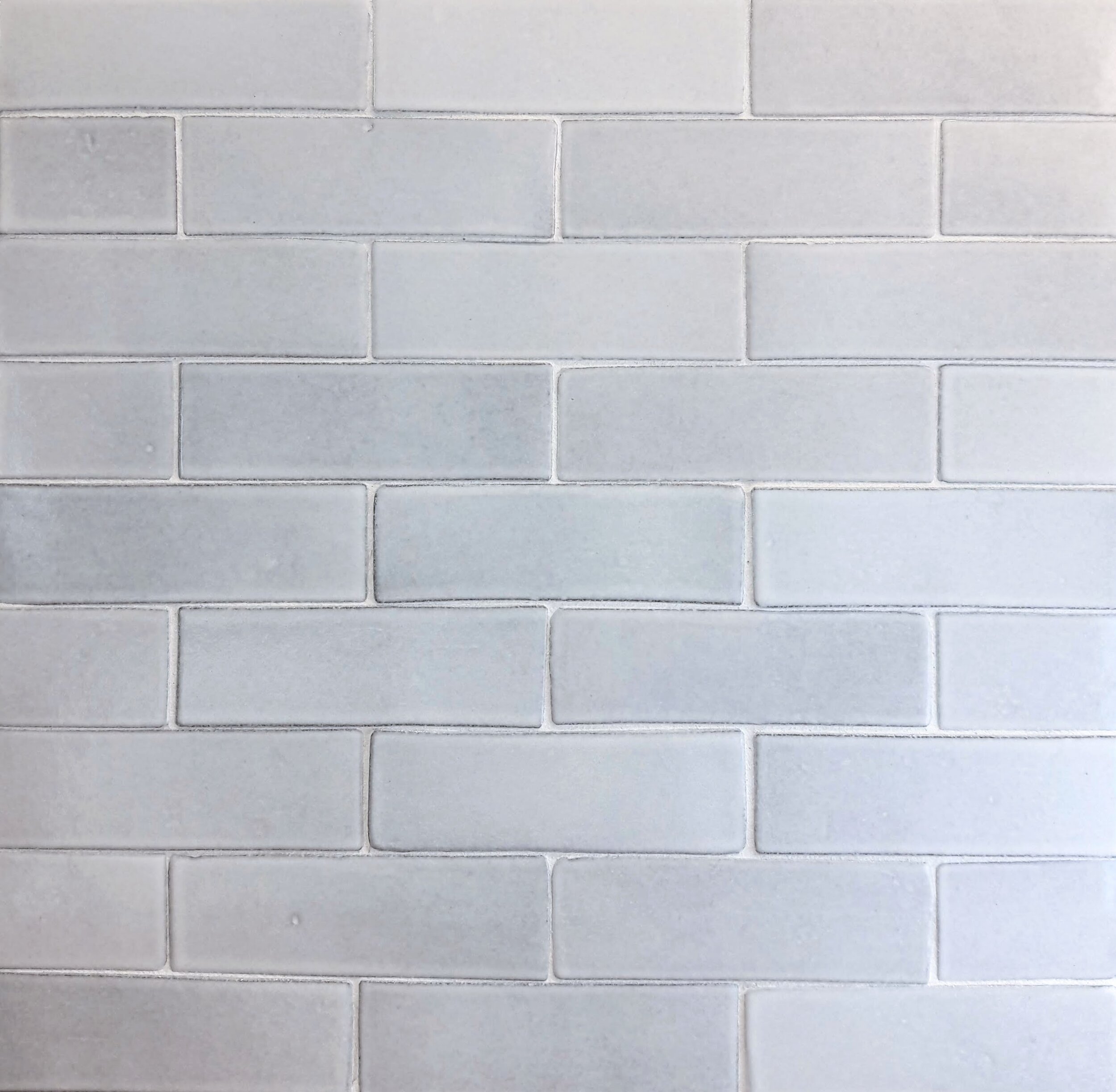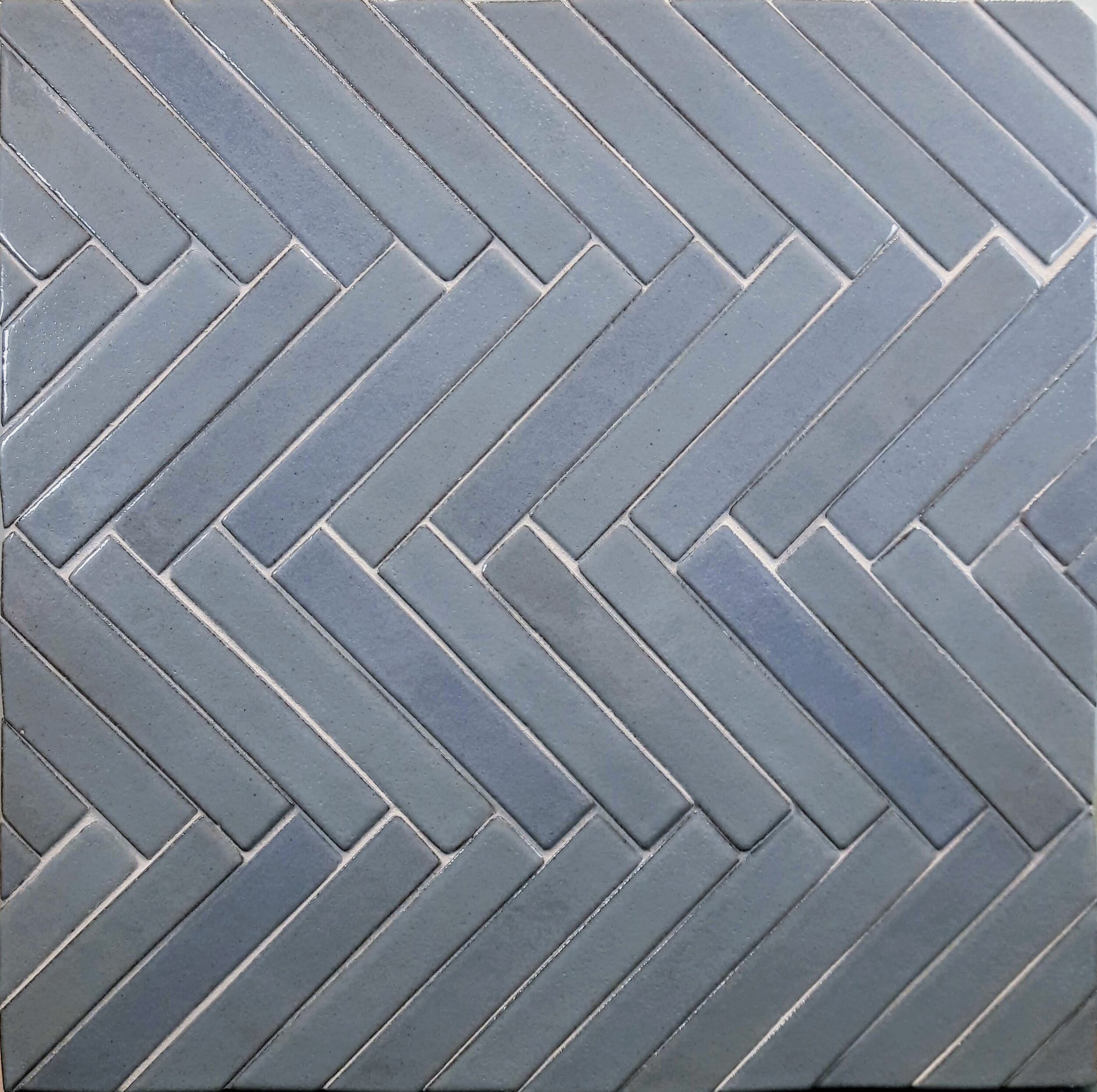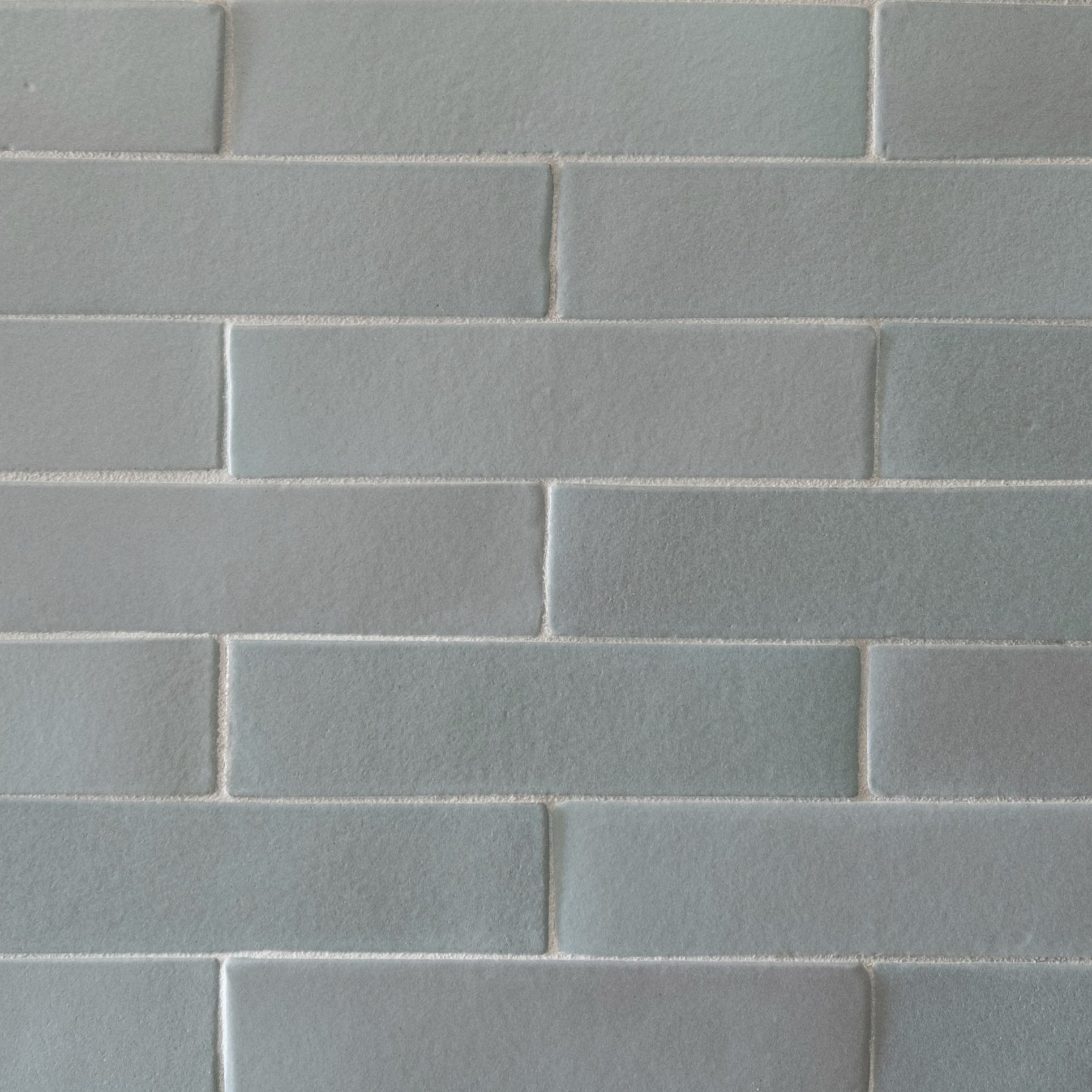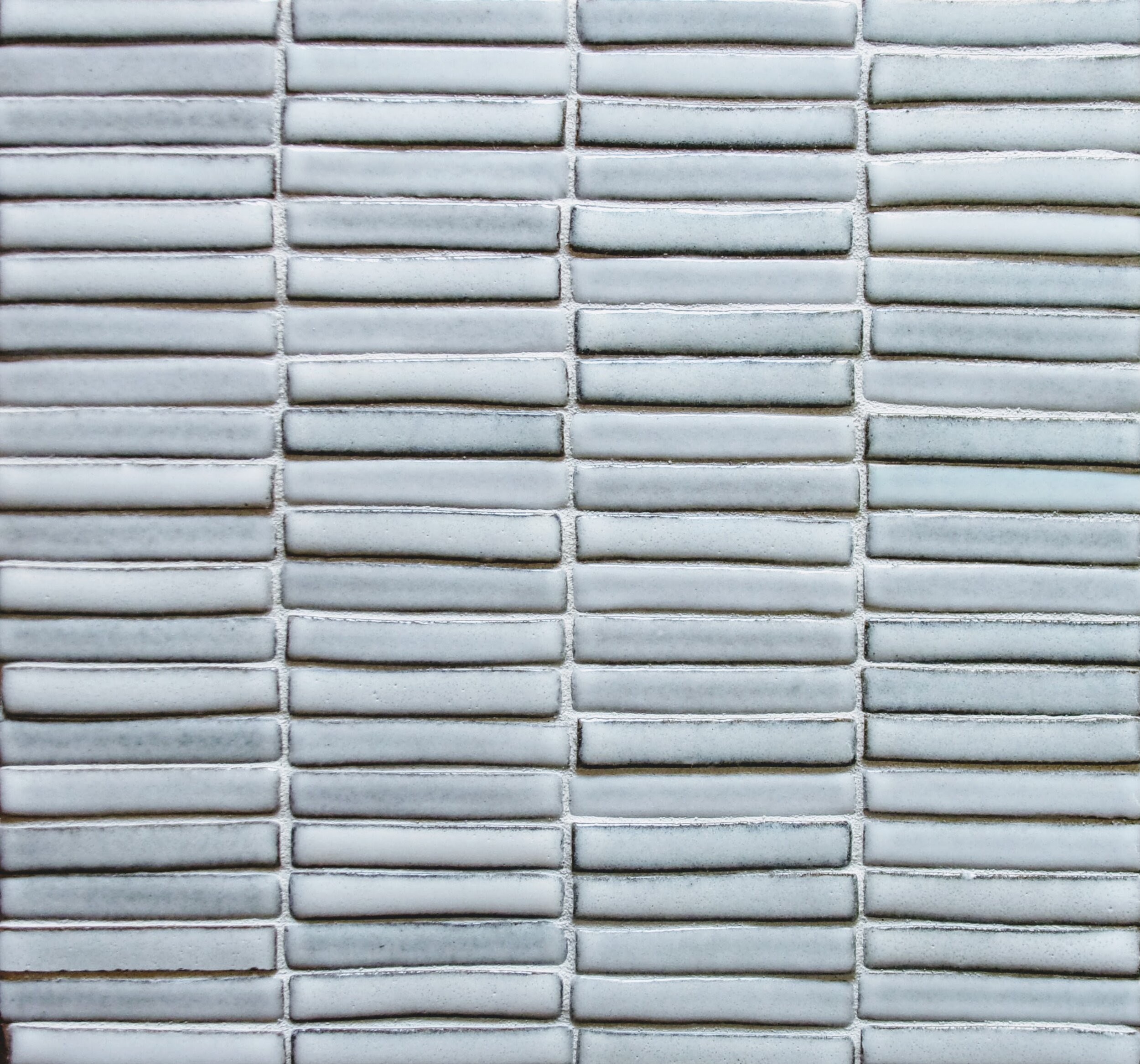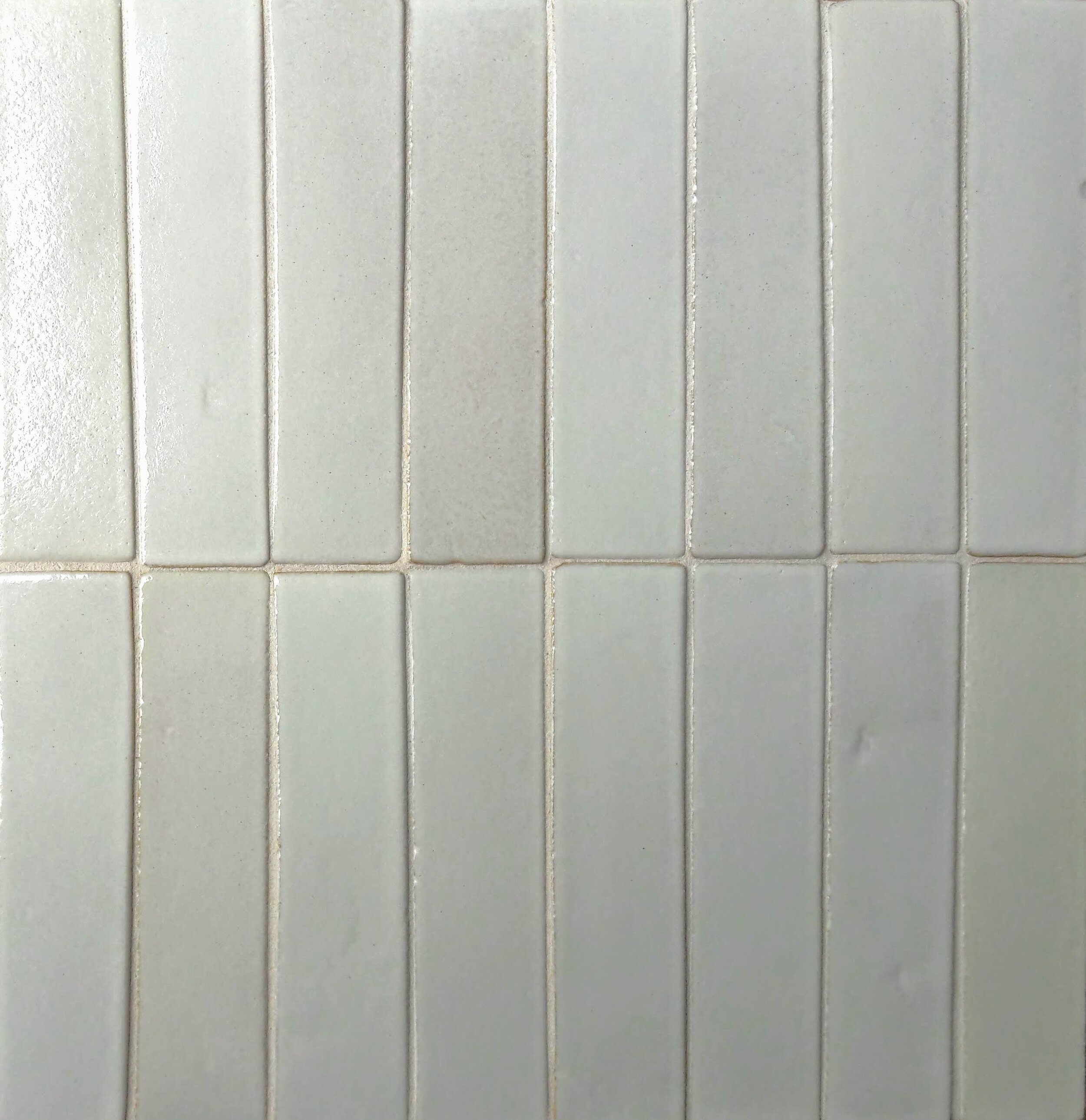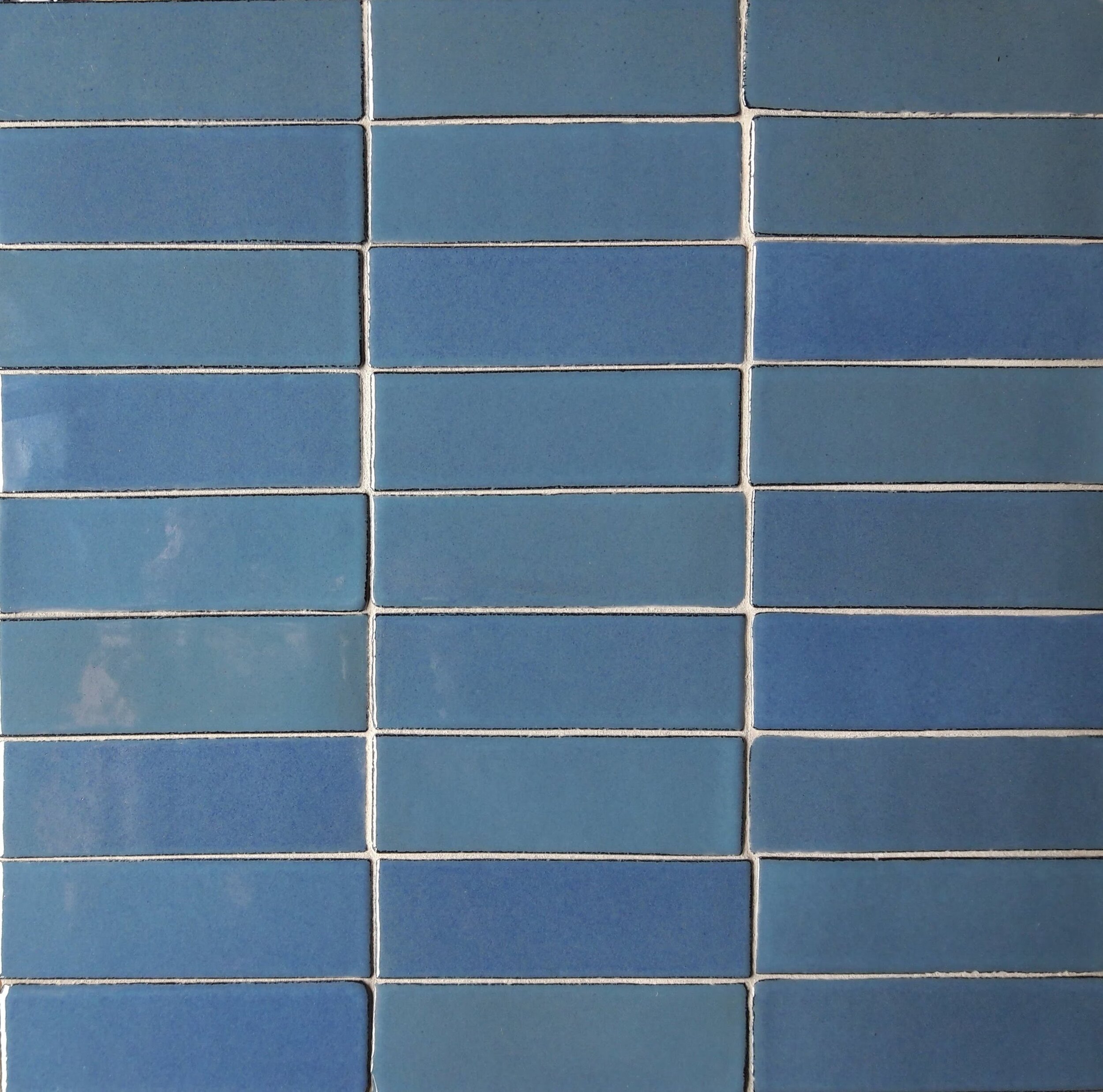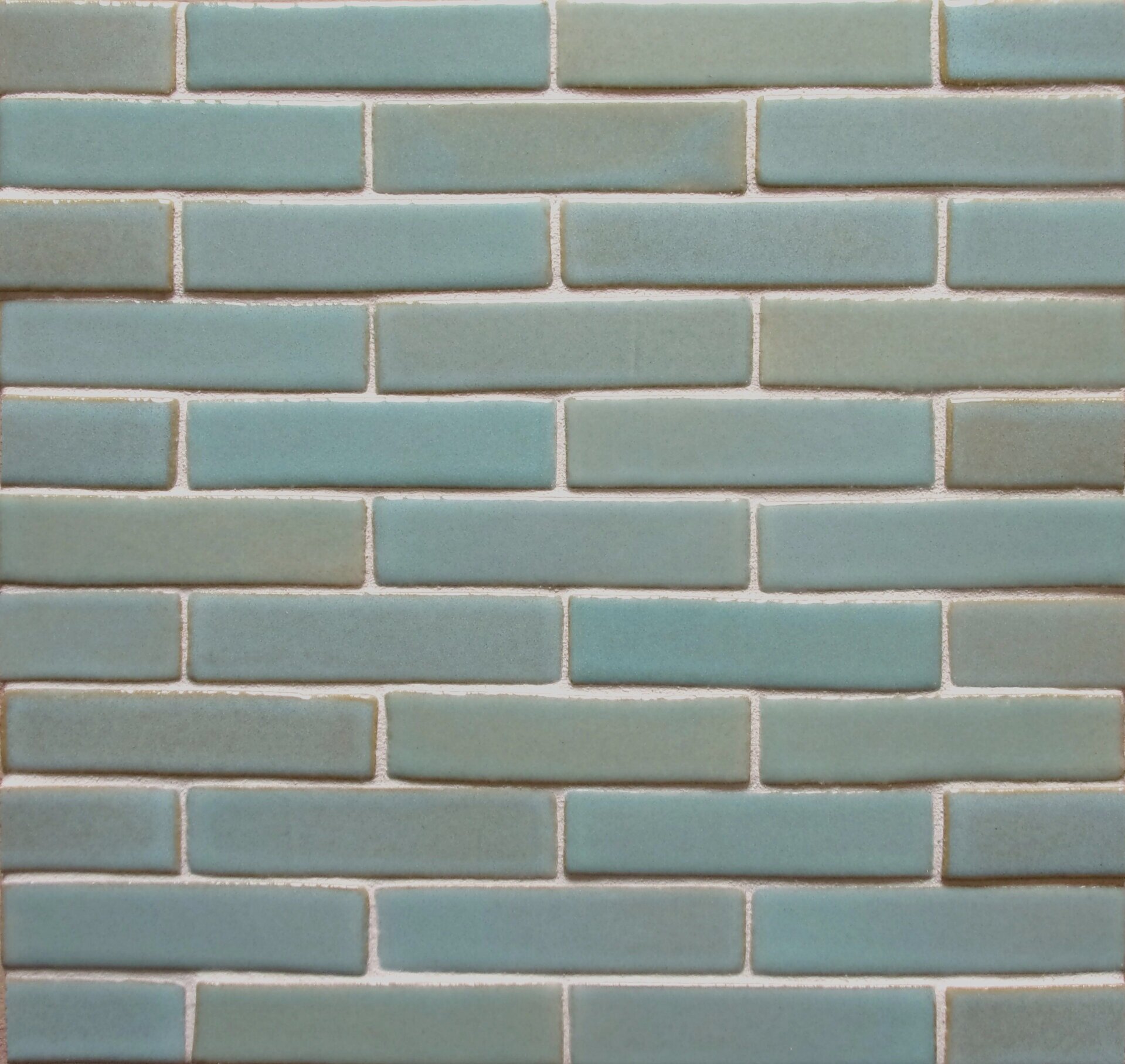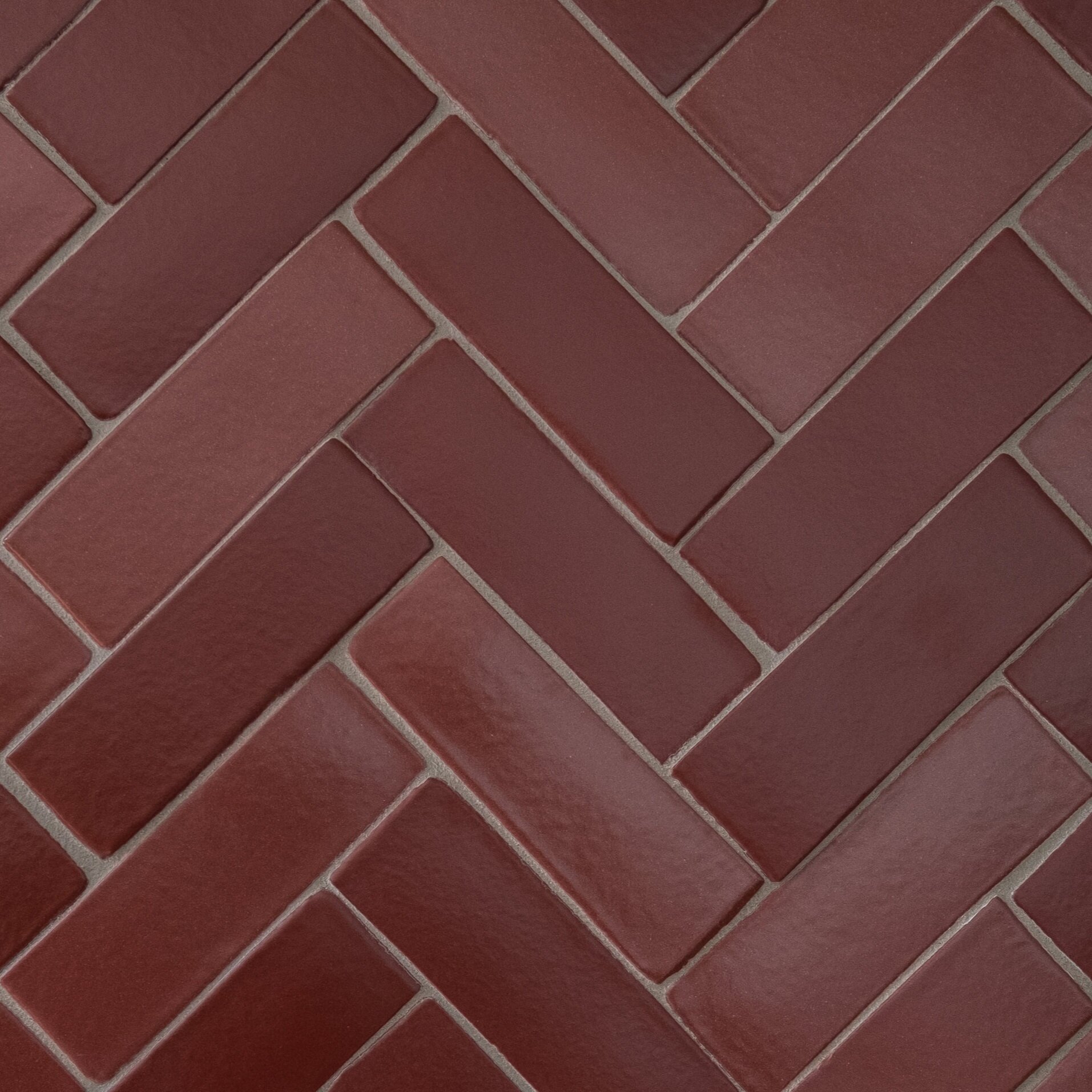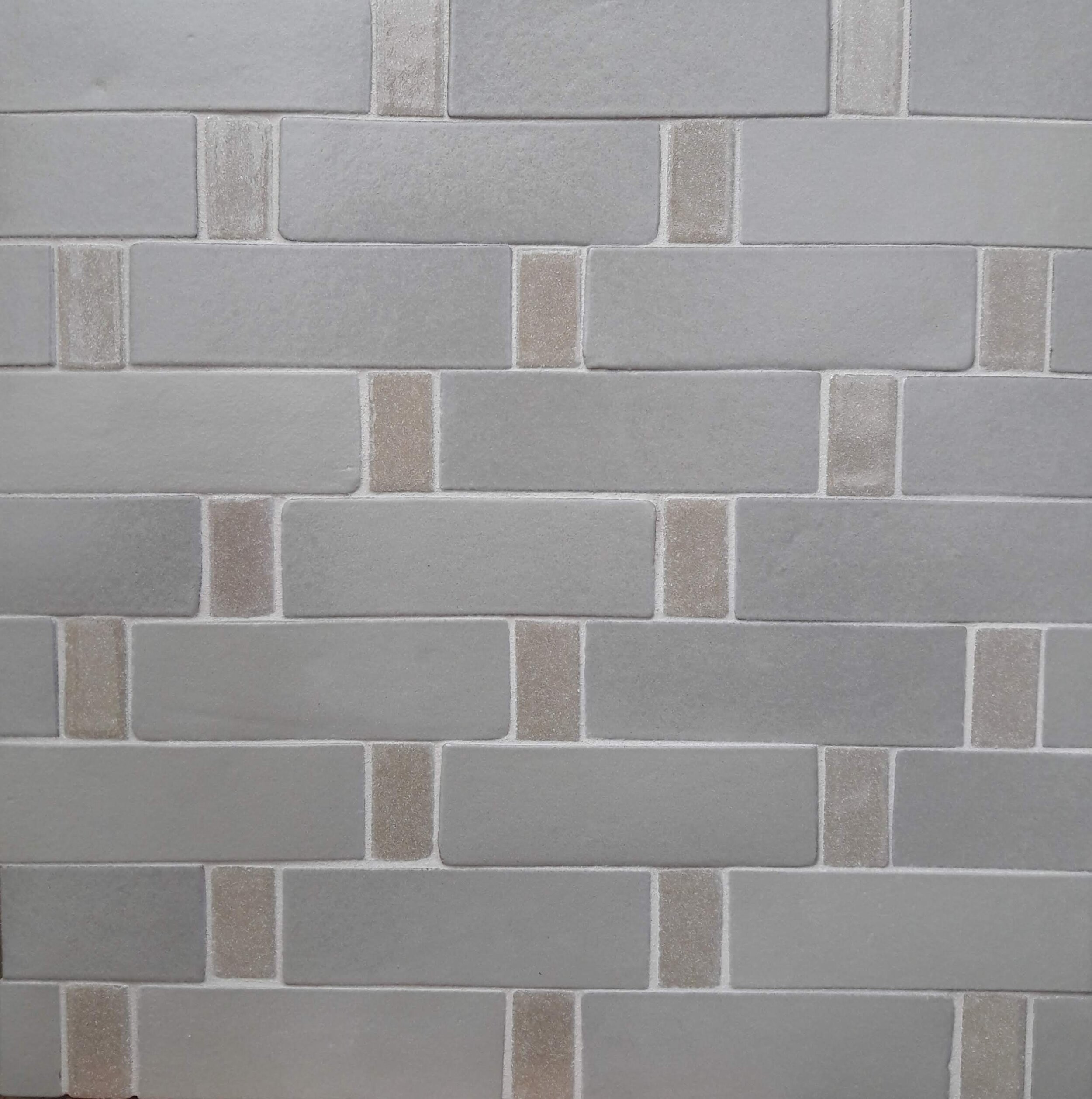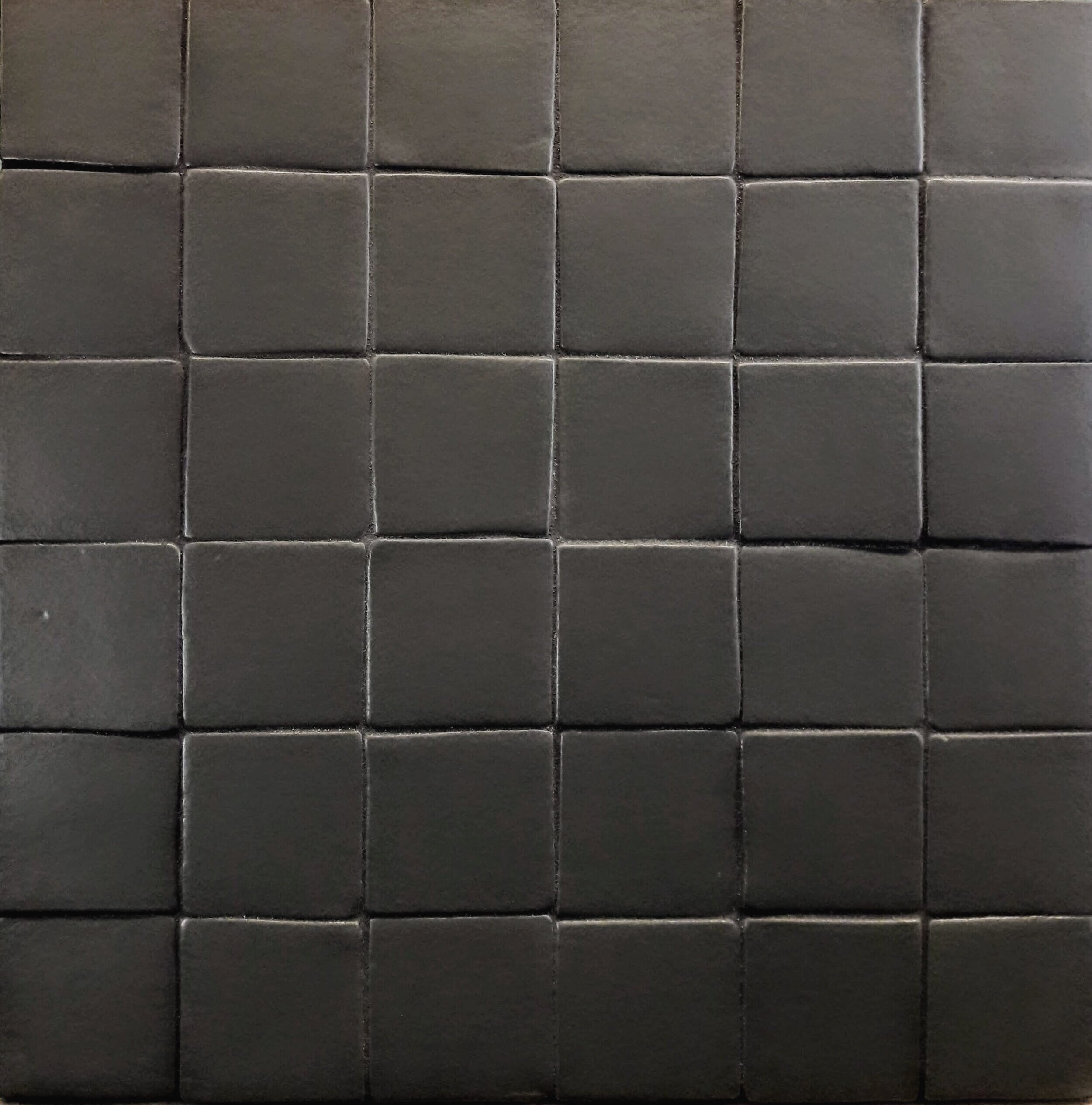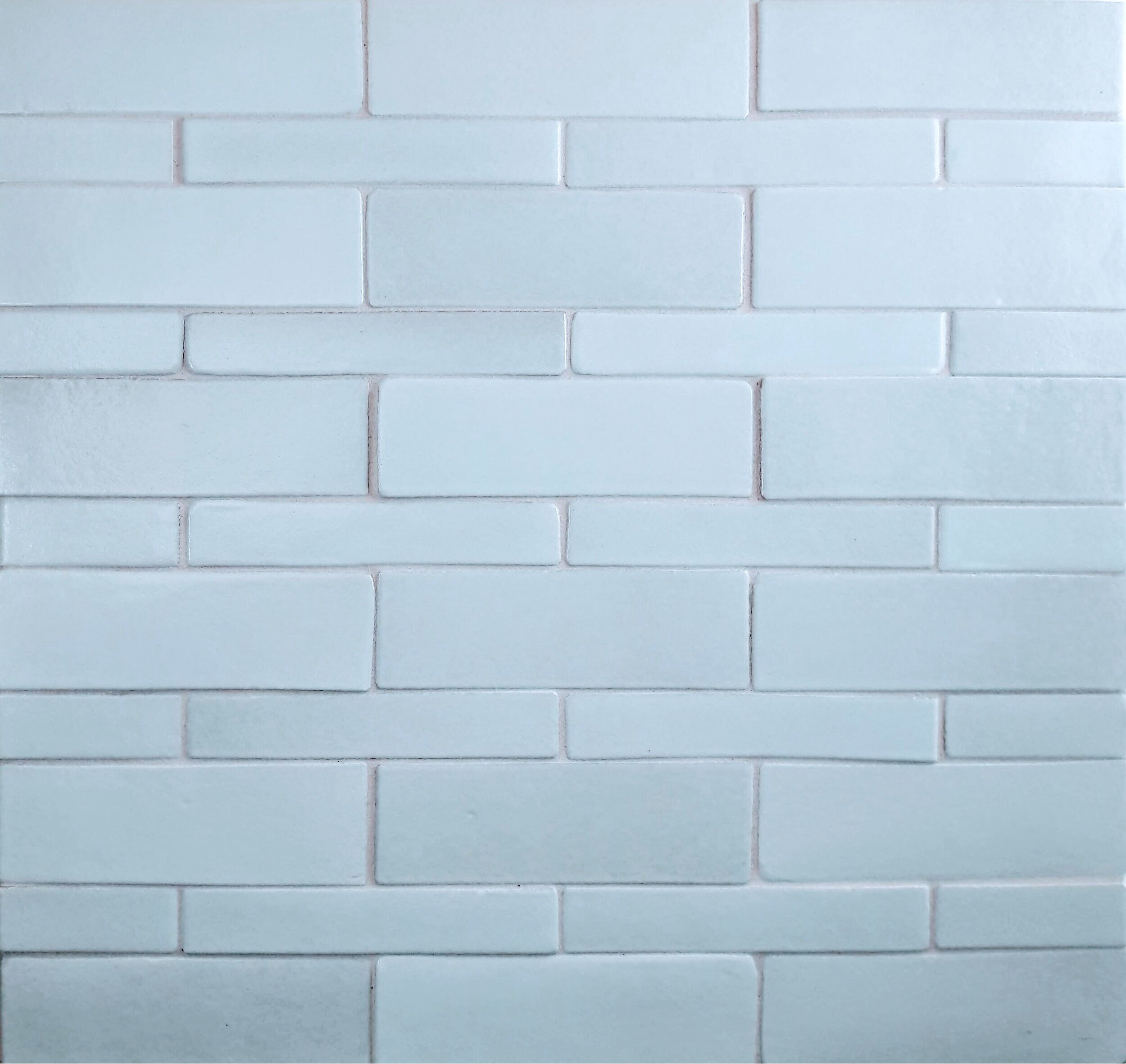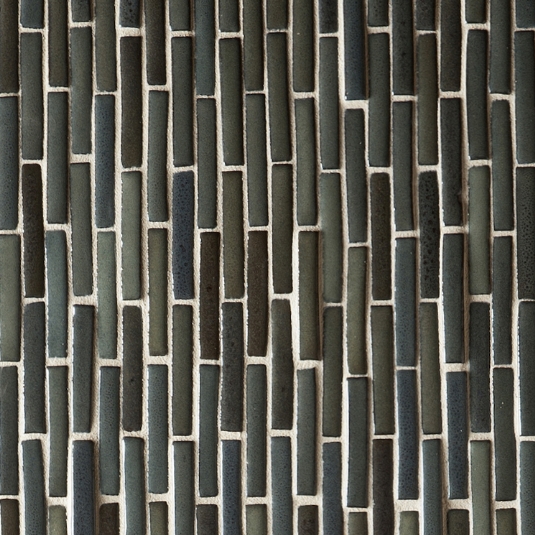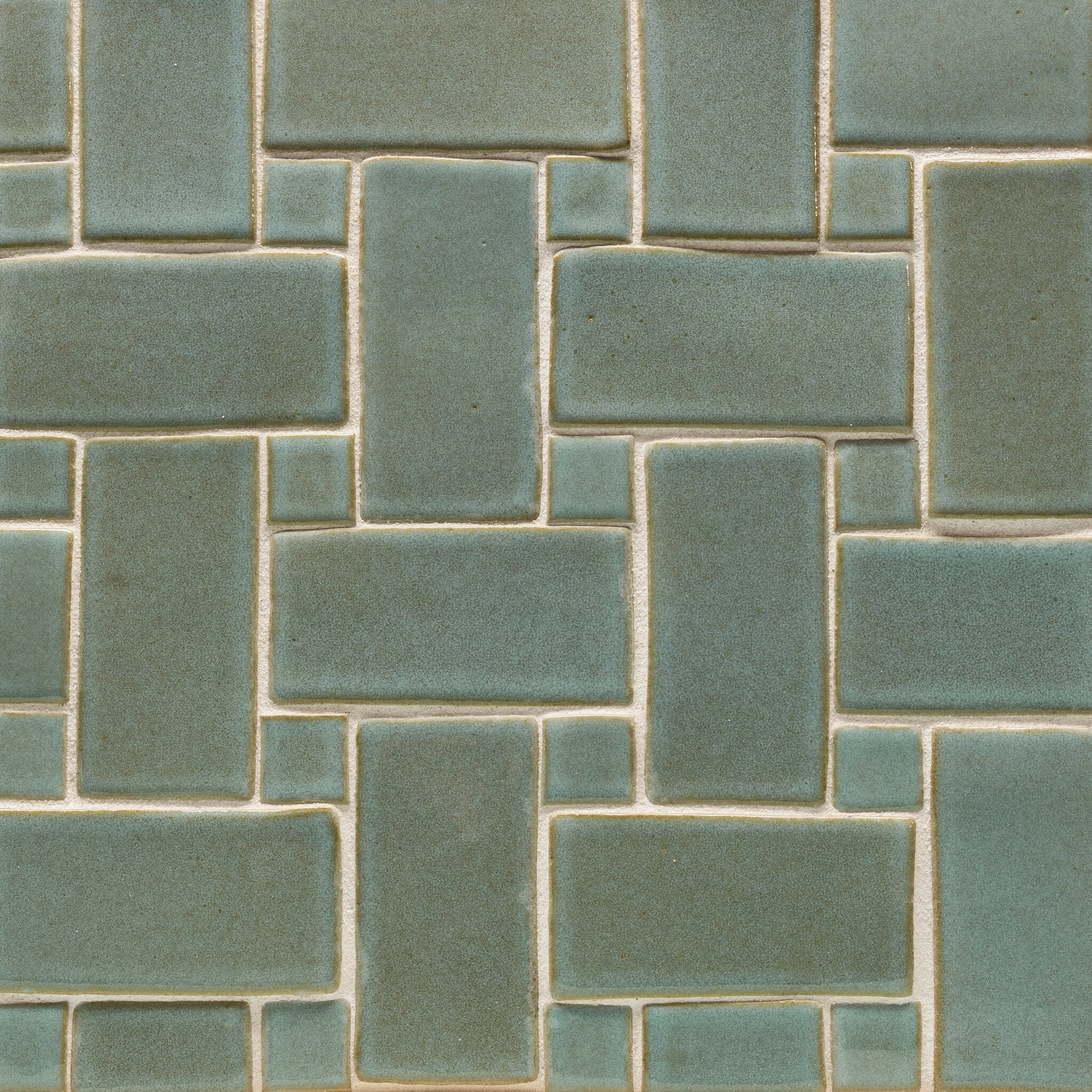The Elements of Art
paul halferty
Have you ever been in a room that just felt perfect? A space that felt welcoming and comfortable and full of style? A room with just the right balance of color and contrast, texture and pattern, where everything feels perfectly placed, cohesive and put together?
What’s the room's secret?
Seven things... seven ingredients used by artisans, painters, sculptors, photographers, and interior designers alike.
Line, color, shape, form, value, space, and texture
Also know as the Elements of Art, these seven ingredients are the building blocks of any great interior.
Over the next few weeks we are going to explore each of the seven elements. Explore how artists and craftsmen have used each of these ingredients to convey a sense of movement and atmosphere, space, depth, structure, harmony and contrast in their work.
This week we are going to look at:
Line
“A line is a dot that went for a walk”
Paul Klee
Lines can be horizontal, vertical, diagonal, straight, curved or free-form. They can be thick or thin, light or dark, or simply implied. Lines describe edges, they indicate movement, value, light, and even emotion.
The emotional language of lines is surprisingly universal.
In 1924, Poffenberger and Barrows of Columbia University published a paper entitled “The Feeling Value of Lines” in which they presented 500 observers with two things: a set of emotional adjectives (sad, quiet, lazy, playful, agitating, serious, merry, for example) and a set of simple lines ranging from graceful curves to sharp-edged saw blades (the picture above shows examples of the contours used in the study). They asked the observers to simply indicate which of the emotions they associated with each of the lines.
Observers almost invariably saw downward graceful curves as being sad, lines excelling upward as happy, and jagged lines as harsh and conflicted, angry and full of energy.
Much like a signature, line also gives us particular insight into the artist’s unique style.
the Dutch painter Piet Mondrian was a believer in the communicative power of line. He believed that he could pare the language of painting down to its most bare essentials. He gradually reduced his visual tools until he arrived at a style that utilized only horizontal and vertical lines, and a severely limited color palette.
Mondrian rejected diagonal lines because he wanted to avoid perspective in order to attain a completely flat picture plane. And he rejected curves because he wanted to communicate something pure and universal. He believed horizontal and vertical lines alone, when used together, represented the pure, essential, opposing forces of the universe, such as masculinity and femininity, positivity and negativity, and stillness and motion.
The Canadian born painter Agnes Martin employed an aesthetic approach that shared many similarities with that of Piet Mondrian. But Martin was seen as far more expressive and emotional than Mondrian. Both painters focused almost entirely on a combination of horizontal and vertical lines. But Martin painted hand-drawn grids that reveal a more human touch. Even in their apparent precision, they contain subtle, minute imperfections.
Those imperfections convey something organic and essentially human. Though her work is perhaps more emotional, as is revealed by her titles, such as Friendship, Happiness-Glee, and Beautiful Life, she, like Mondrian, believed in the power of horizontal and vertical lines to express something harmonious and universal.
The paintings of Bridget Riley not only use line to evoke an emotional response from viewers, they also create a physical response. The works Riley made in the 1960s were often said to make viewers feel sick, as though they were getting dizzy and nauseous from the sensation of motion created by the paintings.
In her 1966 painting Descending, Riley creates a sense of height from strong verticals, as well as a sense of perspective and movement from repeating rows of diagonals. Additionally, she creates a sense of sensual softness from the strategic placement of implied curves in the vertical lines.
Lines guide the viewer's eye and changes our perception of space. This is of particular interest to the interior designer.
Horizontal Lines
Horizontal lines give the illusion of expanded space, they appear to create length and lower the ceiling of a space, and evoke feelings of stability.
Horizontal lines are often used to direct the viewer to a particular focal point
Vertical Lines
Vertical lines create a feeling of height drawing our attention upward. If you have interesting decor details that are above the natural sight lines, like eclectic lighting fixtures or elegant architectural domes, use vertical lines.
Diagonal Lines
Diagonal lines can really bring life to a space, directing the eye upwards or downwards. Diagonal lines add visual interest, adding a sense of movement and energy.
Curved Lines
Curving lines whether free-form, arcing, circular, or elliptical often feel natural, organic, and playful. Curved lines offer softness and balance in a room full of straight and angular lines.
The less obvious elements in your home are usually the ones that make the most impact on its aesthetic. Something as simple as a line can add meaning, movement, texture and space. This is why lines should not be an afterthought in decorating your home.
Are you ready to get started?
Handcrafted tile is a great way to add line into your next project
Interior design is a science, as well as an art. The key to better spaces is understanding the underlying elements at play.
Next week we are going to look at: Color.














